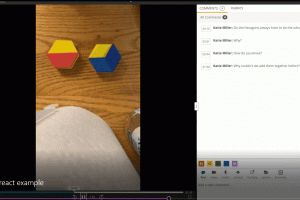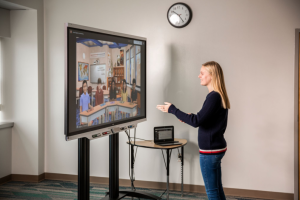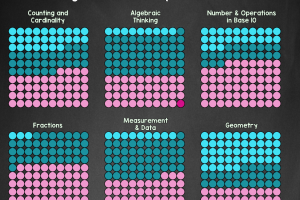Tech Talk
Tech Talk is an informal blog for AMTE members, curated by our Technology Committee to support mathematics teacher education. Authors' opinions do not constitute official positions of AMTE.
Got an engaging technology resource?
|
Who: Any member of the AMTE community What: Write a brief AMTE Tech Talk Blog When: Now accepting new articles Where: Submit here How: Blog posts must be less than 1000 words and are typically between 500-1000 words. |






